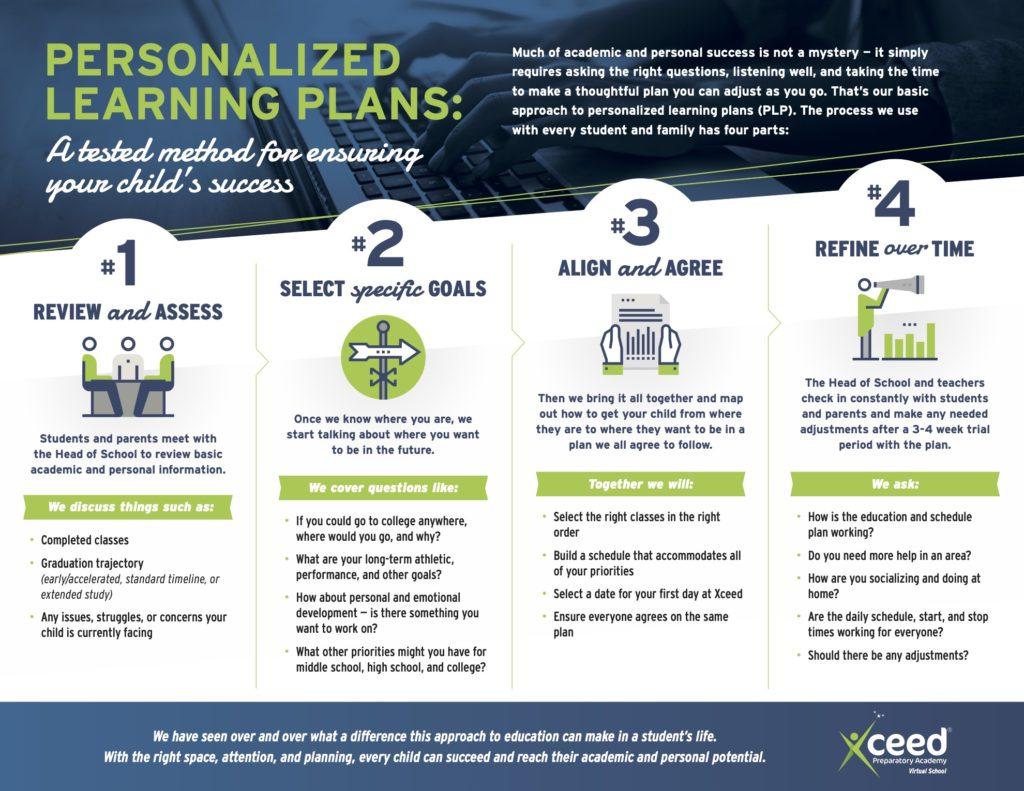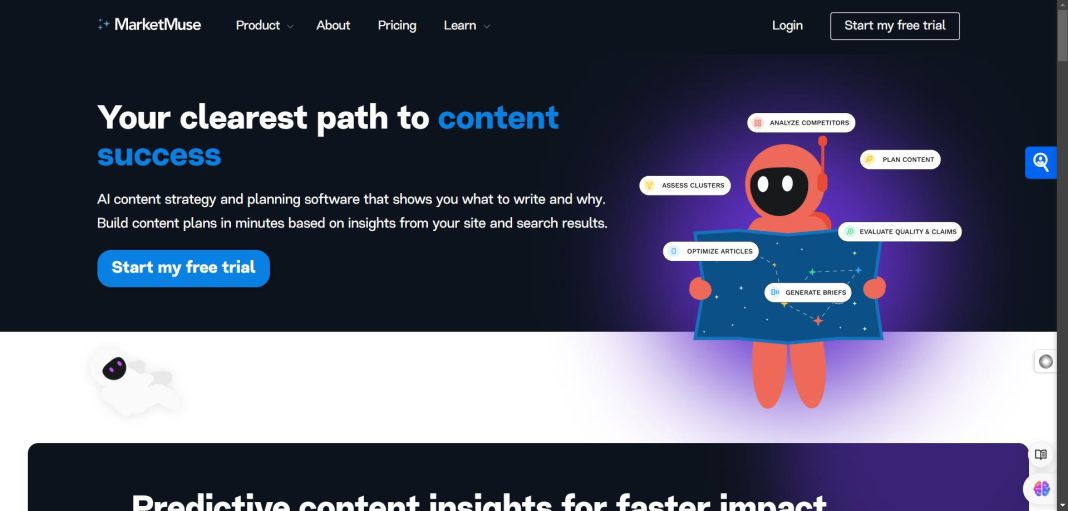In today’s rapidly evolving educational landscape, the traditional one-size-fits-all approach to learning is increasingly being challenged. Parents and educators alike are recognizing the unique needs, strengths, and interests of each child, prompting a shift towards more personalized learning strategies. Crafting a tailored learning plan for your child is not merely a trend, but a vital step in fostering their academic and personal growth. By systematically analyzing your child’s learning style, setting specific goals, and leveraging appropriate resources, you can construct a dynamic and effective learning plan that empowers them to thrive. This article delves into the essential components of building a personalized learning plan, offering a structured approach that combines educational insights with practical strategies to enhance your child’s learning experience and unlock their full potential.
Understanding Your Childs Unique Learning Style
Every child is a unique blend of strengths, preferences, and ways of processing information. Recognizing these differences is crucial in crafting a learning plan that resonates with them. By observing your child in various learning scenarios, you can identify their primary learning style. Generally, children may fall into one or more of the following categories:
- Visual Learners: These children understand and remember information best when it’s presented in pictures, diagrams, or charts. They often enjoy reading and watching demonstrations.
- Auditory Learners: Kids who are auditory learners benefit from listening to explanations, discussions, and music. They might excel in activities that involve speaking or listening.
- Kinesthetic Learners: These learners thrive when they can engage physically with their learning environment. Hands-on activities, experiments, and role-playing are particularly effective for them.
By tailoring educational activities to align with your child’s preferred learning style, you can enhance their engagement and retention. Observe their reactions to different learning methods and adapt your approach as needed, ensuring that their educational journey is both effective and enjoyable.
Identifying Goals and Setting Clear Objectives
Understanding your child’s learning needs and aspirations is a crucial first step in crafting an effective learning plan. Begin by observing their interests, strengths, and areas where they might need additional support. Engage in conversations to explore what excites them and what they hope to achieve. This collaborative approach will not only motivate them but also help in defining realistic and meaningful objectives.
Once you have a clear understanding of their goals, it’s time to break them down into actionable objectives. Consider the following when setting these objectives:
- Specificity: Clearly define what is to be achieved. Instead of “improve math skills,” specify “master multiplication tables up to 12.”
- Measurability: Ensure there is a way to measure progress, such as through quizzes or practical applications.
- Achievability: Set goals that are challenging yet attainable to avoid discouragement.
- Relevance: Align objectives with your child’s interests and future aspirations to maintain engagement.
- Time-bound: Establish a timeline for achieving these objectives to provide structure and urgency.
By focusing on these elements, you will create a roadmap that not only guides your child’s learning journey but also empowers them to take ownership of their educational growth.

Incorporating Engaging and Diverse Learning Resources
One of the most effective ways to craft a personalized learning plan is by integrating a variety of engaging and diverse learning resources. This approach not only caters to your child’s unique learning style but also keeps their educational journey exciting and dynamic. Multimedia resources such as educational videos, interactive apps, and online simulations can transform complex topics into digestible and enjoyable experiences. Moreover, these tools often provide immediate feedback, fostering a more responsive learning environment.
Additionally, incorporating hands-on activities can significantly enhance understanding and retention. Consider using resources like science kits, art supplies, and building sets that encourage exploration and creativity. To further enrich your child’s learning experience, explore a mix of the following:
- Books and eBooks: Offer a variety of genres and subjects to stimulate different areas of interest.
- Podcasts and Audiobooks: Perfect for auditory learners and can be easily integrated into daily routines.
- Local Resources: Utilize museums, libraries, and community workshops to provide real-world learning opportunities.
- Online Courses: Platforms like Khan Academy or Coursera offer courses tailored to specific interests and skill levels.
By blending these resources, you create a rich and varied learning landscape that not only adapts to your child’s evolving needs but also ignites a lifelong passion for learning.

Tracking Progress and Adjusting the Plan
Once your child embarks on their personalized learning journey, it’s essential to establish a system for monitoring their progress and making necessary adjustments. Regular check-ins provide insight into what’s working and where there might be obstacles. Create a progress-tracking schedule—this could be weekly or bi-weekly—where you evaluate the effectiveness of the current plan. Use tools like progress journals, digital trackers, or educational apps to gather data on your child’s achievements and areas needing improvement. Engage in open conversations with your child about their experiences and challenges. This not only helps in identifying gaps but also empowers them to take ownership of their learning process.
Adjustments are a natural part of any personalized learning plan. When certain strategies or resources aren’t yielding the desired outcomes, be prepared to pivot. Consider the following elements when making adjustments:
- Learning Style: Reassess if the learning activities align with your child’s preferred style. Experiment with different methods like visual aids, hands-on activities, or auditory resources.
- Goal Setting: Re-evaluate short-term and long-term goals. Are they realistic and motivating for your child?
- Resources: Introduce new materials or tools that might better suit your child’s evolving interests and capabilities.
- Support Systems: Strengthen your child’s support network, including tutors, mentors, or peer groups, to provide additional encouragement and guidance.
By continually assessing and refining the plan, you ensure that it remains dynamic and responsive to your child’s growth, fostering a more effective and enjoyable learning experience.



